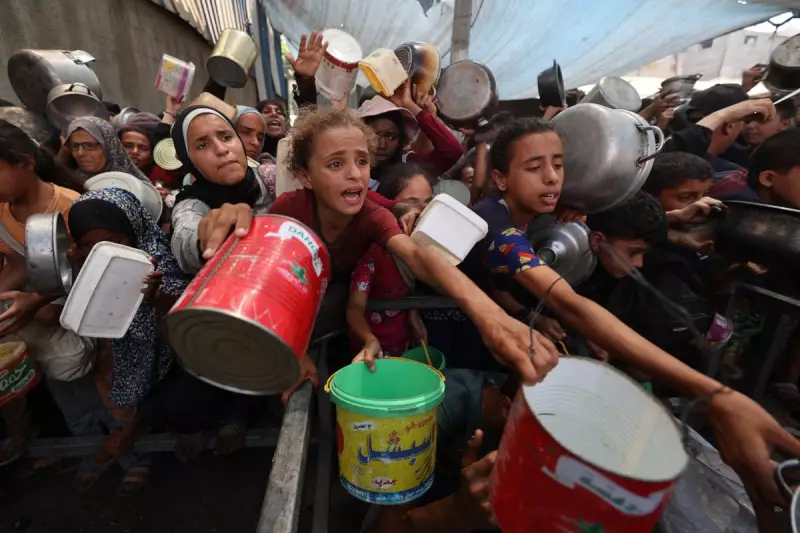
Artificial intelligence is sounding the alarm on two of the world's most devastating humanitarian crises, with new data revealing both Gaza and Sudan face imminent famine conditions that could claim countless lives.
The Bleak Forecast from Silicon Valley to War Zones
Researchers at Northwestern University have deployed sophisticated machine learning systems that analyse conflict patterns, food supply chains, and economic indicators to predict hunger crises with unprecedented accuracy. Their findings paint a grim picture for populations trapped in active conflict zones.
Gaza's Rapid Descent into Catastrophe
According to the AI models, the entire population of Gaza - approximately 2.2 million people - now faces acute food insecurity. The analysis suggests famine is likely already underway in northern Gaza and will spread throughout the territory by July if current conditions persist.
Key factors driving this prediction include:
- Near-total collapse of food distribution systems
- Severe restrictions on humanitarian aid access
- Widespread destruction of agricultural infrastructure
- Catastrophic economic collapse
Sudan's Silent Emergency
Meanwhile in Sudan, the year-long civil war has created what experts are calling one of the world's worst hunger crises. The AI assessment indicates that 25 million Sudanese civilians require urgent humanitarian assistance, with famine conditions expected to emerge in multiple regions within weeks.
The situation is particularly dire in Darfur and Kordofan, where:
- Active fighting prevents aid delivery
- Harvests have been completely disrupted
- Markets have collapsed
- Population displacement has reached critical levels
Technology Meets Human Tragedy
What makes these predictions particularly compelling is their methodology. Unlike traditional assessment tools that rely on ground surveys - often impossible in active conflict zones - the AI system processes thousands of data points including satellite imagery, market prices, social media patterns, and weather data.
"The models are telling us we're about to witness something truly catastrophic," explained one researcher involved in the project. "When multiple independent indicators all point in the same direction with this level of confidence, we have to take notice."
A Race Against Time
Humanitarian organisations face enormous challenges in responding to these warnings. In Gaza, the World Food Programme reports that only a fraction of required food aid is reaching those in need, while in Sudan, aid convoys face regular attacks and bureaucratic obstacles.
The window for preventing mass starvation is rapidly closing in both regions, creating what one UN official described as "the most complex humanitarian operating environment in recent memory."
As the AI predictions become increasingly dire, the international community faces mounting pressure to find solutions to man-made famines unfolding in real-time.





